In today’s fast-paced digital world, content is king, and audio is increasingly in demand.
Whether you’re a content creator, marketer, educator, or simply someone looking for accessibility solutions, text-to-voice (TTS) software has become an invaluable tool.
It allows you to transform written text into natural-sounding audio, opening up a world of possibilities.
But with so many options available, how do you choose the right one? Having worked with TTS technology for years, experimenting with everything from robotic-sounding voices to incredibly realistic AI-driven speech, I’ve put together this comprehensive guide to the 10 best text-to-voice software options in 2025.
Top 10 Text-to-Voice Software Reviewed
Here are my top picks for the best text-to-voice software currently available, based on my extensive testing and experience:
However, I can give a general idea of the pricing tiers (Free, Budget-Friendly, Mid-Range, Premium) and compare features. Always visit the vendor’s website for the most up-to-date pricing.
| Feature | Murf.ai | Synthesia | Speechelo | NaturalReaders | Amazon Polly | Google Cloud TTS | Azure TTS | Notevibes | VoiceMaker | Balabolka |
| Voice Quality | Premium | Mid-Range | Budget-Friendly | Mid-Range | Premium | Premium | Premium | Mid-Range | Budget-Friendly | Budget-Friendly |
| Naturalness | Excellent | Good | Fair | Good | Excellent | Excellent | Excellent | Good | Fair | Fair |
| Languages/Accents | Wide Selection | Growing | Limited | Good Selection | Wide Selection | Wide Selection | Wide Selection | Good Selection | Limited | Limited |
| SSML Support | Yes | Limited | No | Limited | Yes | Yes | Yes | Limited | No | Yes (if engine supports it) |
| Customization (Pitch/Speed) | Yes | Yes | Yes | Yes | Yes | Yes | Yes | Yes | Yes | Yes |
| Audio Format Output | Multiple | Multiple | Limited | Multiple | Multiple | Multiple | Multiple | Multiple | Multiple | Multiple |
| API Availability | Yes | Yes | No | Limited | Yes | Yes | Yes | Yes | Limited | No |
| Video Integration | No | Yes | No | No | No | No | No | No | No | No |
| User Interface | Intuitive | Intuitive | Simple | Varies | Developer-focused | Developer-focused | Developer-focused | User-Friendly | User-Friendly | Basic |
| Pricing | Premium | Premium | Budget-Friendly | Varies | Usage-Based | Usage-Based | Usage-Based | Mid-Range | Budget-Friendly | Free |
| Free Trial/Version | Yes | Yes | No | Yes (Limited) | No | Yes (Credits) | Yes (Credits) | Yes | Yes (Limited) | N/A |
| Ideal Use Case | Prof. Voiceovers | AI Videos | Quick Projects | Reading Assist. | App Integration | App Integration | App Integration | Video Voiceovers | Basic Voiceovers | Experimentation |
1. Murf.ai
Murf.ai stands out with its incredibly realistic AI voices and user-friendly interface. It offers a wide range of customizable voices, making it ideal for creating professional voiceovers, podcasts, and e-learning content.
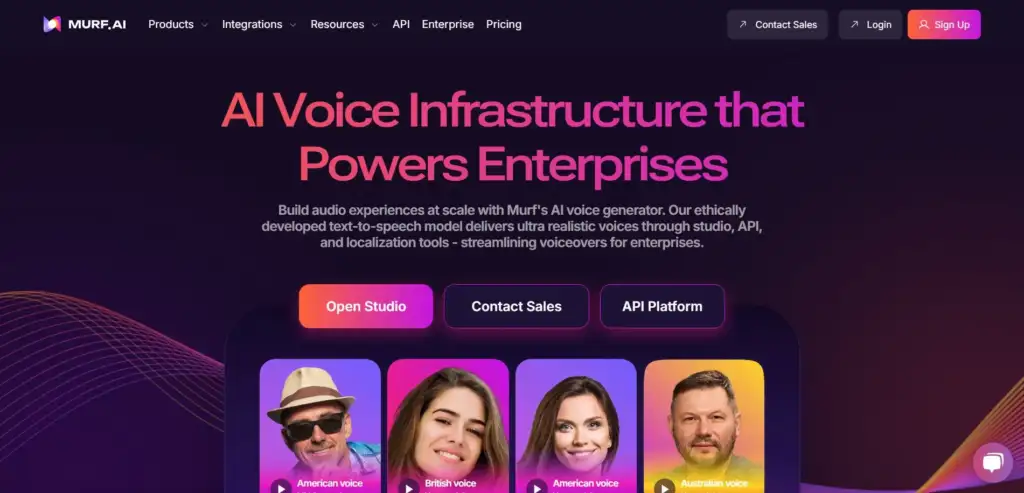
- Pros: High-quality, natural-sounding voices, easy to use, collaborative features, good selection of languages.
- Cons: Can be pricey for individual users.
- Pricing: Subscription-based, various tiers available.
- Ideal Use Cases: Professional voiceovers, marketing videos, e-learning.
2. Speechelo
Speechelo is a great option for those on a budget. It’s easy to use and offers a decent selection of voices. While the voices aren’t quite as realistic as Murf.ai, they are still suitable for many applications.
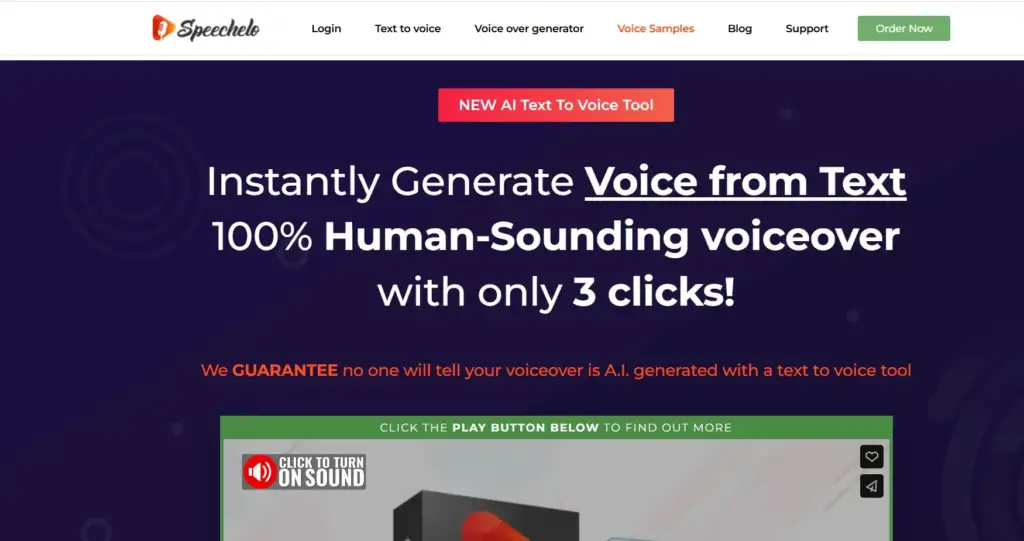
- Pros: Affordable, user-friendly, fast processing.
- Cons: Voice quality can be inconsistent, limited customization options.
- Pricing: One-time purchase.
- Ideal Use Cases: Simple voiceovers, basic videos, social media content.
3. Synthesia
Synthesia takes TTS a step further by integrating it with AI video generation. You can create videos with AI avatars and voiceovers, all from text.
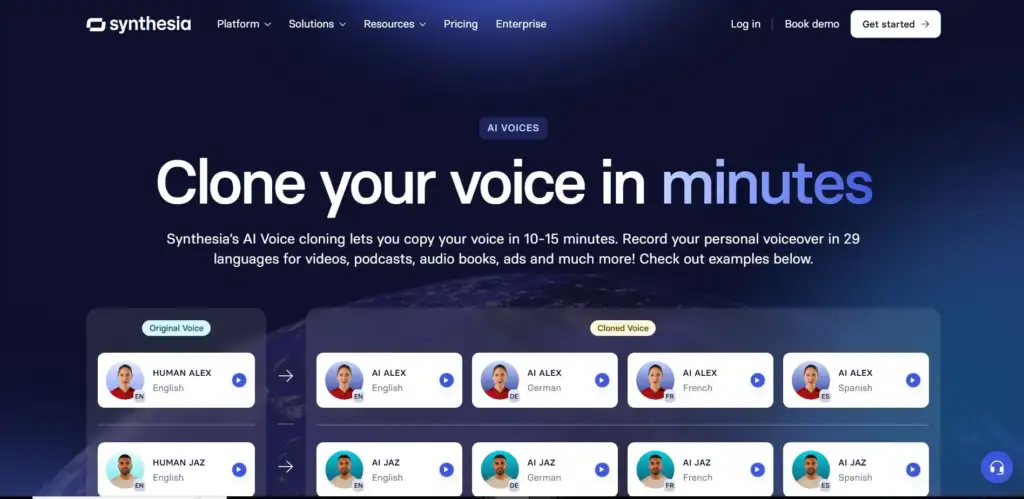
- Pros: Innovative platform, simplifies video creation, excellent for explainer videos.
- Cons: Can be expensive, primarily focused on video content.
- Pricing: Subscription-based.
- Ideal Use Cases: Explainer videos, marketing videos, training videos.
4. NaturalReaders
A long-standing player in the TTS space, NaturalReaders offers a range of products, from desktop software to online tools. It caters to a broad audience, including individuals with learning disabilities. They often have options for scanning physical documents and converting them to audio.
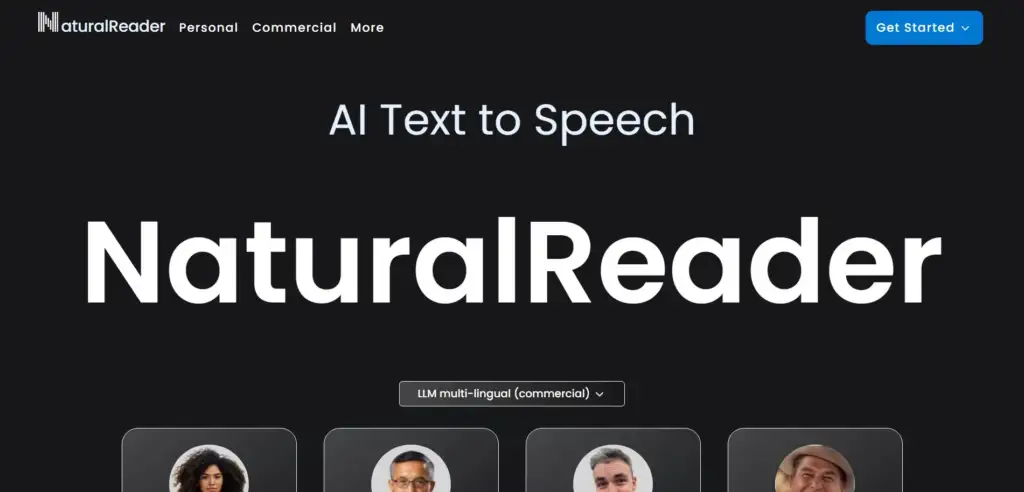
- Pros: Long-standing player, caters to a broad audience, including those with learning disabilities, offers desktop software and online tools, can scan physical documents.
- Cons: Voice quality can vary, interface might feel dated to some users, free version has limitations.
- Pricing: Offers free versions with limited features, paid versions are available with more advanced features and voices, often a one-time purchase or subscription.
- Ideal Use Cases: Reading assistance for individuals with learning disabilities, converting documents to audio, basic voiceovers.
5. Amazon Polly
Part of the Amazon Web Services (AWS) suite, Polly is a powerful cloud-based TTS service. It’s highly scalable and offers a wide range of voices and languages. Polly is often used by developers and businesses for integrating TTS into applications, websites, and other systems. It’s typically priced based on usage.
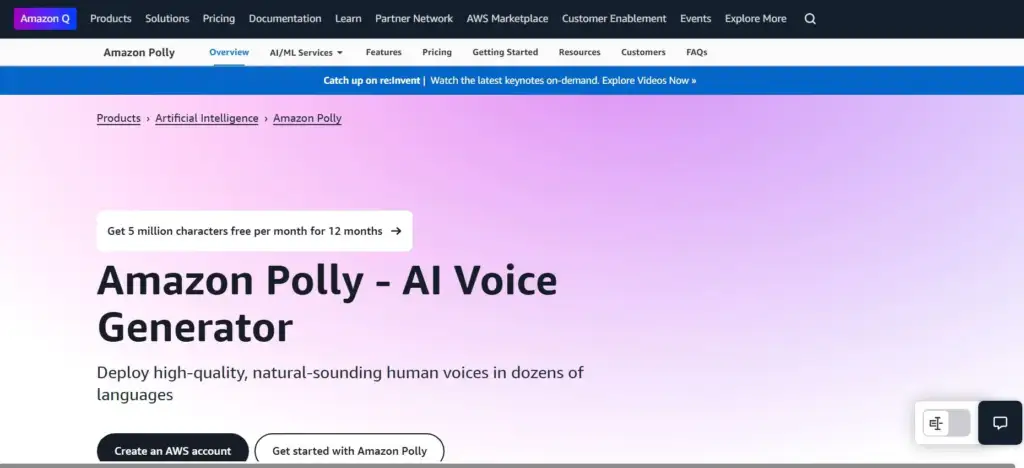
Pros: Scalable and reliable cloud-based service, wide range of voices and languages, integrates well with other AWS services, highly customizable for developers.
Cons: Can be complex for non-developers, pricing is usage-based and can become expensive for high-volume use.
Pricing: Usage-based, pay-as-you-go pricing based on the characters synthesized.
Ideal Use Cases: Integrating TTS into applications, websites, and other systems, creating large volumes of audio content, IVR systems, chatbots.
6. Google Cloud Text-to-Speech
Similar to Amazon Polly, Google’s offering is a cloud-based TTS service. It boasts high-quality voices and integrates well with other Google Cloud services. It’s a popular choice for developers and businesses needing scalable and reliable TTS.
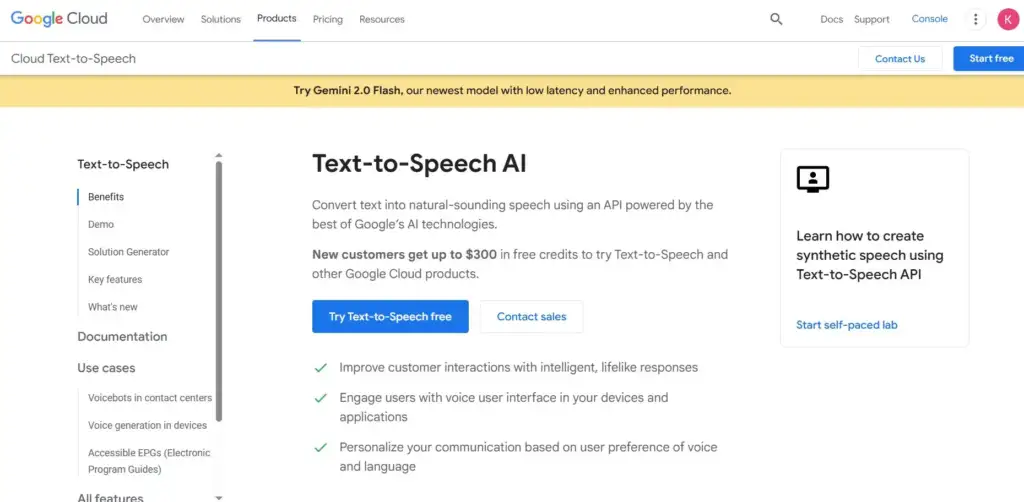
- Pros: High-quality voices, integrates well with other Google Cloud services, scalable and reliable, good for developers.
- Cons: Can be complex for non-developers, pricing is usage-based.
- Pricing: Usage-based, pay-as-you-go pricing.
- Ideal Use Cases: Similar to Amazon Polly – app integration, large-scale audio generation, IVR, chatbots.
7. Microsoft Azure Text-to-Speech
Microsoft’s cloud-based TTS solution. It offers a variety of voices, languages, and customization options. Like Polly and Google’s offering, it’s often used for enterprise applications and integrations.
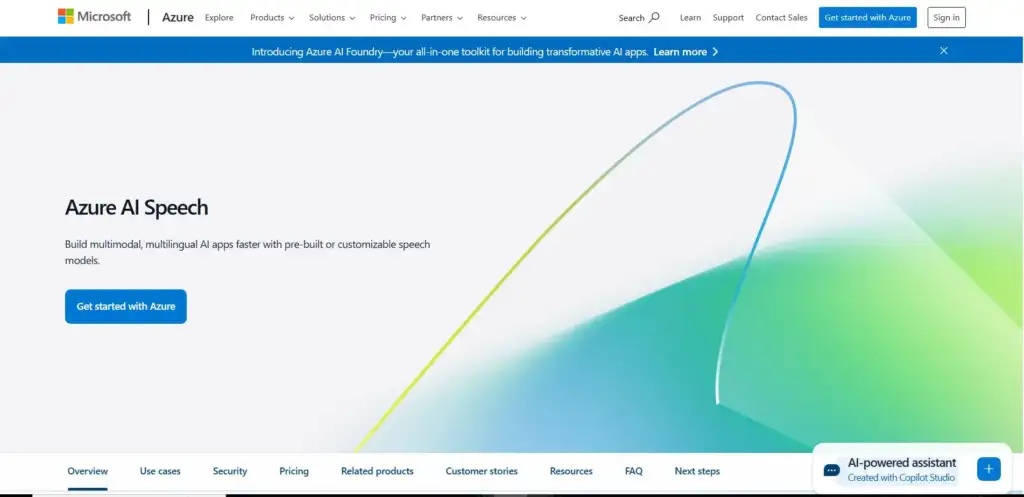
- Pros: Variety of voices and languages, customizable, integrates with other Azure services, robust and scalable.
- Cons: Can be complex, pricing is usage-based.
- Pricing: Usage-based, pay-as-you-go.
- Ideal Use Cases: Enterprise applications, app integration, voice assistants, customer service solutions.
8. Notevibes
A more affordable option with a good selection of voices. Notevibes is often used for creating voiceovers for videos, podcasts, and other audio projects. While not as feature-rich as some of the premium options, it provides a balance between quality and price.
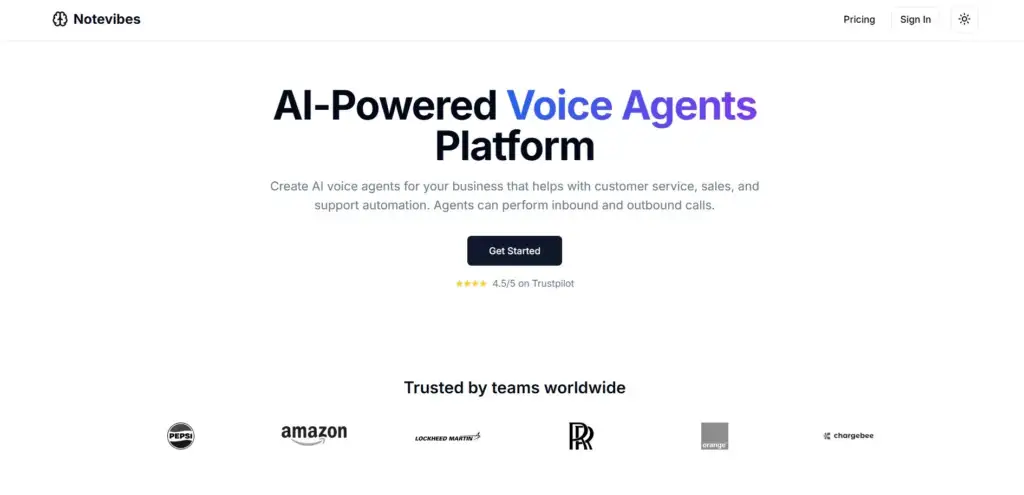
- Pros: More affordable than premium options, good selection of voices, user-friendly interface.
- Cons: Voice quality may not be as high as Murf or other top-tier platforms, fewer features than premium options.
- Pricing: Subscription-based, often with different tiers.
- Ideal Use Cases: Video voiceovers, podcasts, presentations, e-learning materials, budget-conscious users.
9. VoiceMaker
An online TTS tool that offers a variety of voices and customization options. It’s often used for creating voiceovers for presentations, e-learning materials, and other audio content.
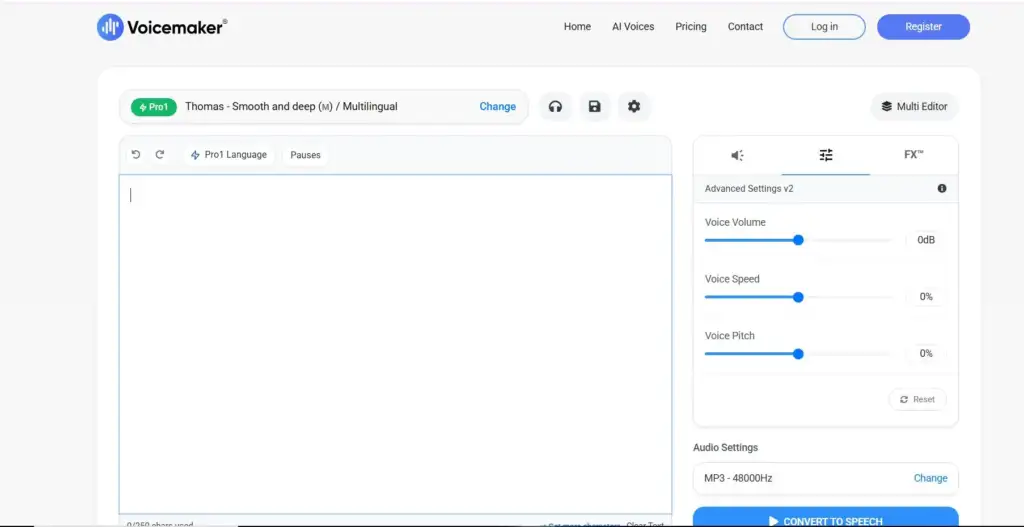
- Pros: Online tool, variety of voices and customization options, easy to use.
- Cons: Voice quality can vary, may require an internet connection.
- Pricing: Often offers free tiers with limitations, paid tiers for more features and usage.
- Ideal Use Cases: Presentations, e-learning, basic voiceovers, quick audio projects.
10. Balabolka
A free and open-source TTS program for Windows. Balabolka supports a variety of TTS engines and allows you to customize the voice, speed, and pitch. While free, the voice quality may not be as natural as paid options, and it may require some technical know-how to set up. It’s a good option for those on a tight budget or who want to experiment with TTS.
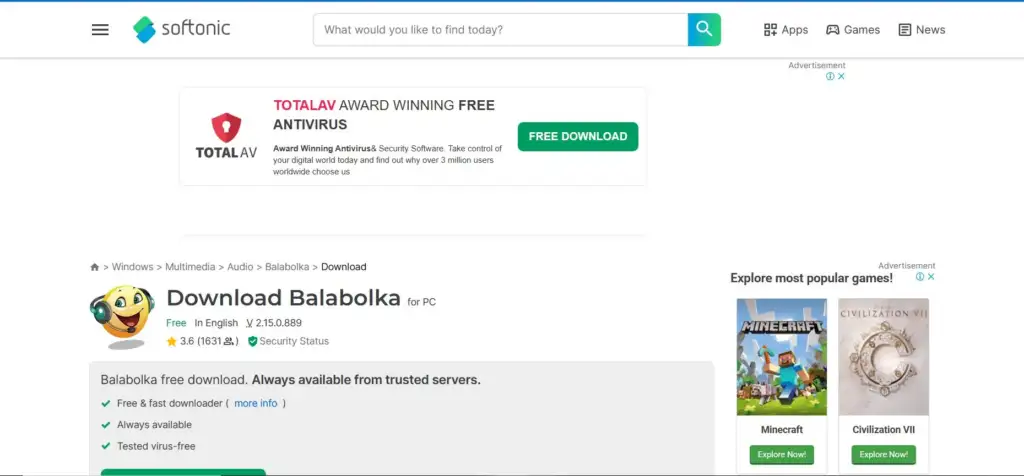
- Pros: Free and open-source, supports various TTS engines, customizable.
- Cons: Voice quality may not be as natural as paid options, requires some technical knowledge to set up, limited features.
- Pricing: Free.
- Ideal Use Cases: Experimenting with TTS, basic voiceovers, users on a very tight budget.
How to Choose the Right Text-to-Voice Software?
Before diving into the reviews, it’s crucial to understand what makes a TTS engine stand out. Here are the key factors I consider when evaluating these tools:
- Voice Quality: This is paramount. Does the voice sound natural and human-like? Are there a variety of accents and languages supported? Can you adjust the voice’s style and expressiveness?
- Features: Beyond basic text-to-speech conversion, look for features like SSML support (Speech Synthesis Markup Language) for fine-grained control over pronunciation and intonation, the ability to adjust speed and pitch, and various audio format outputs.
- Pricing: TTS software ranges from free to enterprise-grade solutions. Consider your budget and usage needs. Are you looking for a free tool for occasional use, or do you need a robust, paid platform for professional projects?
- Ease of Use: A clunky interface can be a major hurdle. The software should be intuitive and easy to navigate, regardless of your technical expertise.
- Integration: If you plan to integrate TTS into your existing workflow, check for API availability and compatibility with other software you use.
- Customer Support: Reliable customer support is essential, especially when dealing with complex software.
Free vs. Paid: Which is Right for You?
Free TTS software can be a good starting point for basic needs. However, paid options generally offer higher quality voices, more features, and better support. If you’re serious about creating professional-sounding audio, investing in a paid solution is usually worthwhile.
Use Cases for Text-to-Voice Software
The applications of TTS are vast:
- Audiobooks: Bring your written words to life.
- E-learning: Create engaging training materials.
- Video Voiceovers: Add professional voiceovers to your videos.
- Accessibility: Help visually impaired individuals access written content.
- IVR Systems: Automate phone systems.
- Podcasts: Create audio content for your podcast.
Pro Tips for Natural-Sounding Voiceovers
- Use SSML: Fine-tune pronunciation and intonation.
- Adjust Speed and Pitch: Experiment to find the perfect balance.
- Use Pauses and Emphasis: Create a natural flow.
- Choose the Right Voice: Match the voice to the content.
Final Thoughts
Text-to-voice technology has revolutionized how we create and consume content. By choosing the right software and following these tips, you can transform your text into engaging and impactful audio.

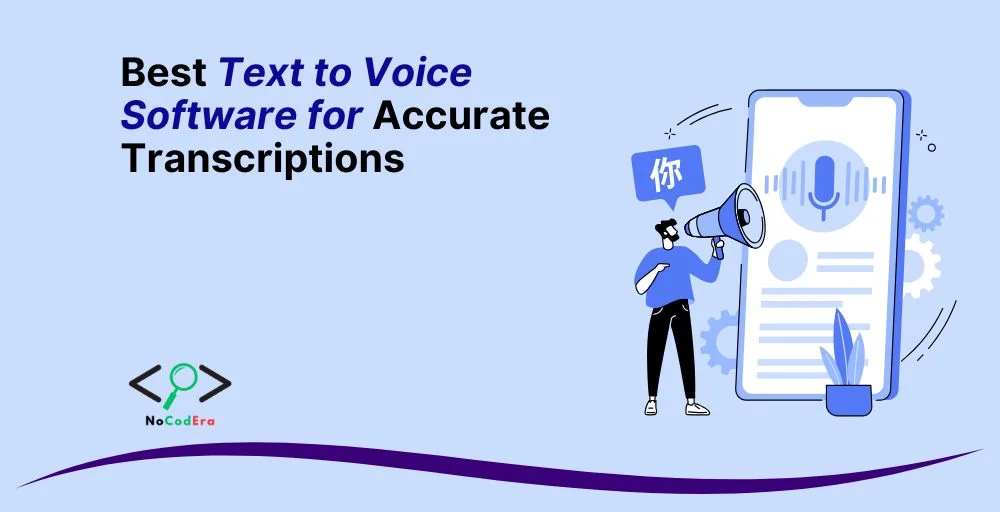
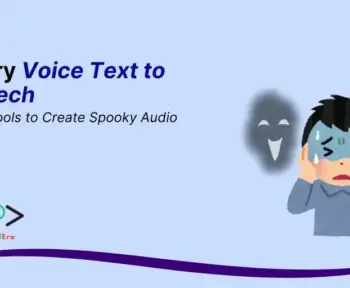
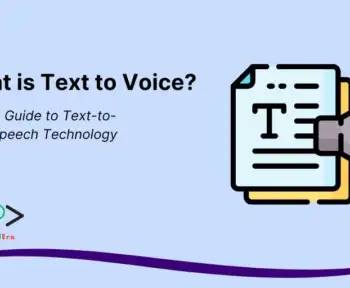
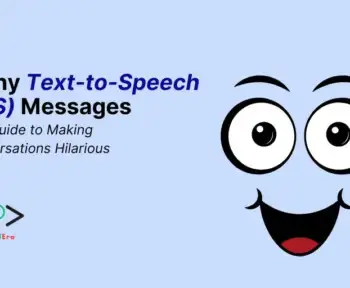
2 Comments